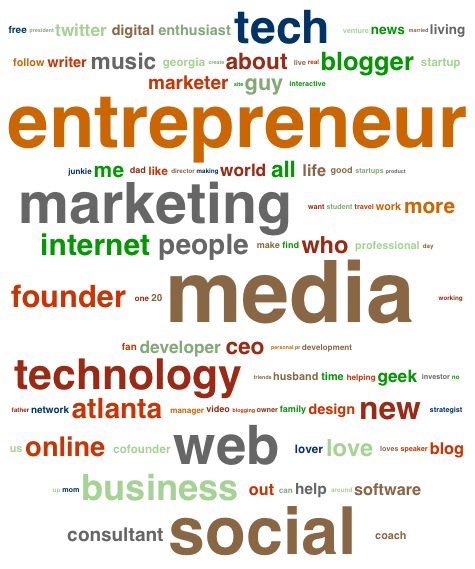Last week there was a little flare up in my twitterstream. Seem’s there is frustration and a difference of opinion on the terms used to define the various stages of a startup. Surprisingly, there is little literature on the topic (stepping up what I call FoG). So I thought I would offer a framework for technology entrepreneurs to explain the operational stages of a startup. As a framework it will generalize the complex. It will not apply specifically to every situation (and I welcome comments to broaden the structure). My hope is to provide a foundation to help entrepreneurs make their startup successful. I believe there are four startup stages; concept, seed, early, and growth, and scale. This article focuses on the concept stage.
The concept stage is the earliest stage of a technology startup. It is also referred to as the formation, idea, or pre-seed stage. And for that matter, the napkin stage.
The key element being addressed in this stage is what is the basic value proposition. What are you going to make? Who are you going to make it for? Why is someone going to buy it? How big is the market? (Even though the answers to all these questions will change if the company progresses).
The business focus is ruthlessly testing the concept with personal advisers, potential co-founders, and potential customers. Market research is your guide. Your guide to answer the question if you want to invest the time and money required to take the concept to the next stage.
Notice the use of the word you. The team is often a sole founder, or a founder that has recruited one or two people to join the effort with no pay. On a part time basis. You and your potential partners in crime have not quit your day jobs. Yet.
Another key question. Are you the right person to lead the effort?
There is no product or service.
Which obviously means there are no customers. Unless you are doing consulting, which is not a bad way to go.
There is no intellectual property protection. In research university situations there is invention disclosure.
Funding at this stage is less then $100,000. Often much less. It comes from the founder(s), family, friends, grants, and SBIR. Concept stage investors such as Profounder, Shotput Ventures, TechStars, and Y Combinator may be involved. Pay particular attention to the word may. Valuations are well under $1 million. More common is $250,000. Note the words angels or venture capital are not mentioned. Founders own over 90% of the company. 100% of the company the vast majority of the time.
The concept stage lasts three to six months, at which point the concept either is abandoned or advances to the seed stage. All startups go through the concept stage.
Unless of course your last startup resulted in the rare 10x return for your venture capital investors. Pass go. Throw down 5% of your winnings. Collect the rest of a $5 million round.
For the rest the much more complex seed stage looms.



